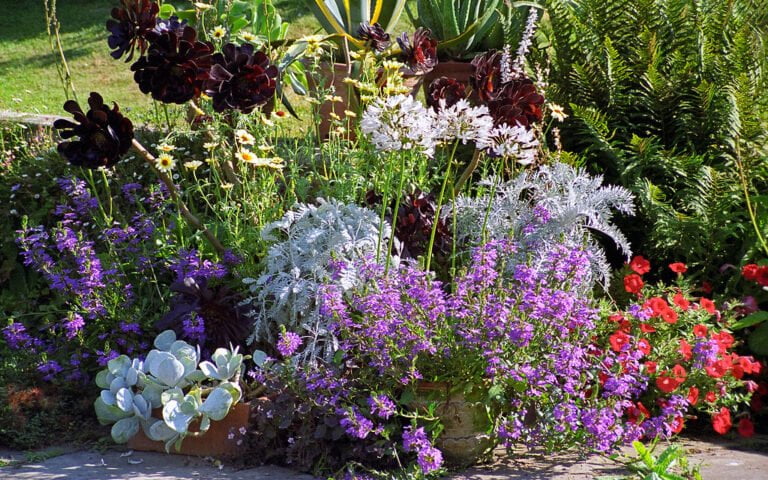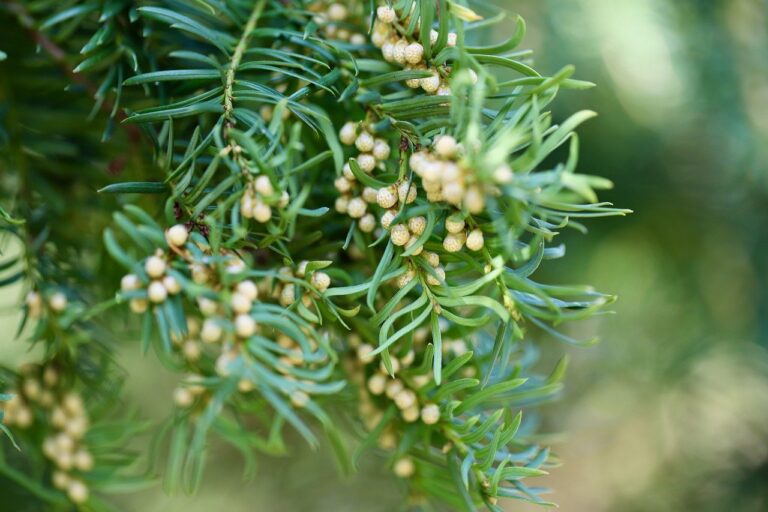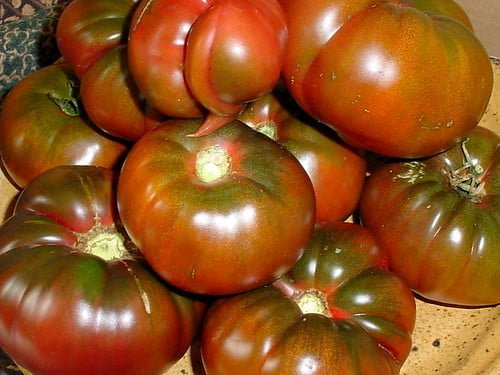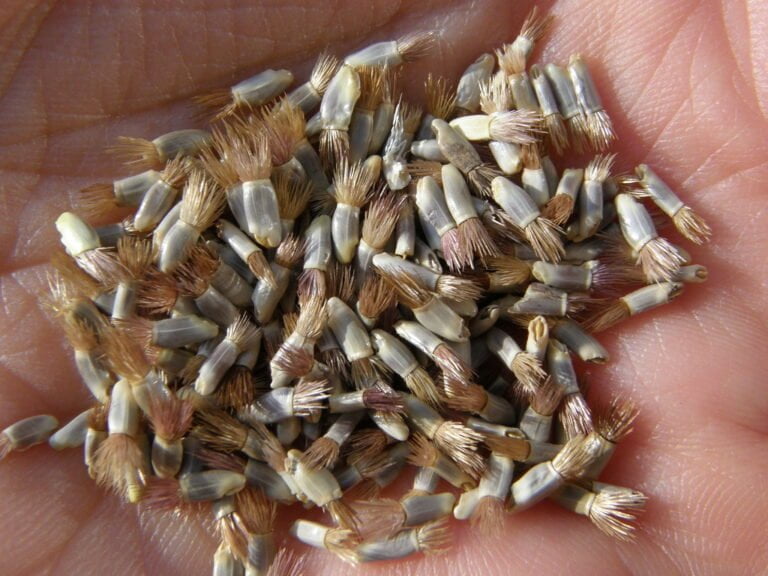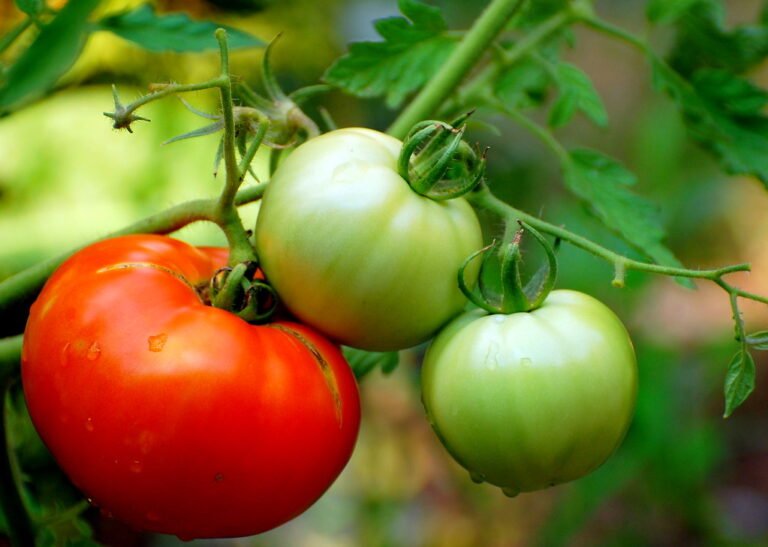Exploring the World of Geranium Leaves: Types, Care, and Benefits
Ready to dive into the vibrant world of geranium leaves? Discover the different types, learn how to care for them, and unlock their amazing benefits. From essential tips for growing healthy leaves to common problems and solutions, this article has got you covered. Explore the hidden uses of geranium leaves in cooking and herbal remedies, and unleash your creativity with stunning arrangements and DIY projects. Get ready to embark on a journey that will enhance your knowledge and serve your gardening needs.
The Different Types of Geranium Leaves
When caring for geranium leaves, it is important to identify the different types in order to provide proper care. There are several common types of geranium leaves that you may come across: zonal, ivy, scented, and regal. Zonal geranium leaves have a distinct dark ring or "zone" on their leaves, giving them their name. Ivy geranium leaves are glossy and have a trailing growth habit, making them perfect for hanging baskets. Scented geranium leaves come in various fragrances such as rose, lemon, and mint, adding a delightful aroma to your garden. Lastly, regal geranium leaves are deeply lobed and have a velvety texture, adding an elegant touch to any floral arrangement. By identifying the different types of geranium leaves, you can ensure that you are providing the appropriate care and attention they need to thrive.
Understanding Geranium Leaf Care
To properly care for geranium leaves, it is essential that you understand and implement the necessary steps for their maintenance. First and foremost, it is crucial to provide your geranium plants with the right amount of sunlight. They thrive in full sunlight, so make sure they receive at least six hours of direct sunlight each day. Additionally, watering your geraniums correctly is vital. It is best to water them deeply but infrequently, allowing the soil to dry out slightly between waterings. Overwatering can lead to root rot and other problems. Lastly, regular fertilization is important for healthy geranium leaves. Use a balanced fertilizer every four to six weeks during the growing season. By following these care instructions, you can ensure that your geranium leaves stay vibrant and beautiful.
Essential Tips for Growing Geranium Leaves
To grow healthy geranium leaves, focus on providing proper care and attention. Start by choosing a suitable location for your geraniums, ensuring they receive at least 6 hours of sunlight daily. Geraniums thrive in well-draining soil, so make sure to use a high-quality potting mix. Water your geraniums regularly, allowing the top inch of soil to dry out before watering again. Avoid overwatering, as this can lead to root rot. Fertilize your geraniums every 4-6 weeks with a balanced, water-soluble fertilizer. Prune your geraniums regularly to promote bushy growth and remove any dead or yellowing leaves. Lastly, be vigilant for common pests such as aphids and spider mites, and treat them promptly with organic insecticides. By following these essential tips, you can enjoy healthy and vibrant geranium leaves in your garden or home.
Common Problems and Solutions for Geranium Leaves
If you encounter any issues with your geranium leaves, it is important to address them promptly and effectively. Common problems can arise from improper care or environmental factors. One common issue is yellowing leaves, which can be caused by overwatering or nutrient deficiency. If you notice yellowing leaves, reduce watering and consider using a balanced fertilizer. Another problem is leaf spots, which can be caused by fungal or bacterial infections. To treat this, remove affected leaves and apply a fungicide or bactericide. Wilting is another problem, often caused by under-watering or extreme temperatures. Make sure to water your geraniums regularly and provide adequate shade in hot weather. Finally, pests like aphids and spider mites can also attack geranium leaves. To combat these pests, use insecticidal soap or neem oil. By addressing these common problems promptly, you can ensure the health and vitality of your geranium leaves.
Uncovering the Hidden Benefits of Geranium Leaves
When uncovering the hidden benefits of geranium leaves, you'll be amazed at the various ways they can enhance your well-being. Geranium leaves are not only beautiful to look at, but they also possess numerous health benefits. First and foremost, geranium leaves have natural antibacterial and antifungal properties, making them effective in treating skin conditions like acne, eczema, and fungal infections. Additionally, these leaves contain compounds that can help reduce inflammation, making them beneficial for those suffering from arthritis or joint pain. Geranium leaves are also known to have a calming effect on the nervous system, helping to alleviate stress and anxiety. Furthermore, they can improve digestion, relieve menstrual cramps, and even repel mosquitoes. With all these hidden benefits, it's no wonder geranium leaves are highly valued in the world of natural remedies.
How to Harvest and Preserve Geranium Leaves
To harvest and preserve geranium leaves, you'll need to follow a few simple steps. First, choose healthy leaves that are free from any signs of disease or damage. Next, use clean and sharp scissors to cut the leaves from the plant, making sure to leave some stem attached. Avoid removing more than one-third of the plant's foliage at a time to ensure its continued growth. Once you have harvested the leaves, gently wash them under cool running water to remove any dirt or debris. After washing, pat them dry with a clean towel. To preserve the leaves, you can either air dry them or use a dehydrator. If air drying, place the leaves in a single layer on a clean and dry surface, away from direct sunlight. Turn them over daily to ensure even drying. If using a dehydrator, follow the manufacturer's instructions for temperature and time. Once the leaves are completely dry, store them in an airtight container away from light, heat, and moisture. Properly harvested and preserved geranium leaves can be used for tea, potpourri, or as an ingredient in various recipes.
Geranium Leaf Uses in Cooking and Herbal Remedies
Now, let's delve into the various ways you can use geranium leaves in cooking and herbal remedies. Geranium leaves have a unique flavor profile that adds depth to both sweet and savory dishes. In cooking, you can use the leaves to infuse oils, vinegars, and syrups, enhancing the taste of your dishes. They can also be used as a garnish or incorporated into marinades, dressings, and sauces. When it comes to herbal remedies, geranium leaves are known for their medicinal properties. They have antibacterial and anti-inflammatory properties, making them useful for treating minor skin irritations, wounds, and insect bites. You can create soothing balms, poultices, or herbal teas using geranium leaves to provide relief. Remember to always do proper research and consult a professional before using any herb for medicinal purposes.
Exploring the Aesthetic Appeal of Geranium Leaves
To fully appreciate the aesthetic appeal of geranium leaves, take a closer look at their vibrant colors, intricate patterns, and velvety texture. Geranium leaves come in a variety of shades, ranging from deep greens to rich burgundies and even variegated combinations. These colors add a touch of vibrancy and liveliness to any garden or indoor space. The leaves also feature intricate patterns, such as veins and serrated edges, which add visual interest and depth. Running your fingers over the leaves reveals a velvety texture that is soft and pleasing to the touch. This tactile experience enhances the overall appeal of geranium leaves and makes them a delight to interact with. Whether used in floral arrangements or simply admired in a pot, geranium leaves bring beauty and sophistication to any environment.
Creating Stunning Arrangements With Geranium Leaves
You can create stunning arrangements with geranium leaves using their vibrant colors, intricate patterns, and velvety texture. The first step is to gather a variety of geranium leaves with different shapes and sizes. Next, choose a container that complements the colors of the leaves and the overall theme of your arrangement. To create depth and visual interest, arrange the leaves in layers, starting with the largest ones at the base and gradually adding smaller leaves towards the top. Play with different angles and positions to create a dynamic composition. You can also mix in other foliage or flowers to enhance the arrangement. Finally, make sure to mist the leaves regularly to keep them fresh and vibrant. With a little creativity and care, you can create stunning arrangements that will impress your guests and brighten up any space.
Geranium Leaf Crafts and DIY Projects
One way to explore the world of geranium leaves and unleash your creativity is through engaging in various geranium leaf crafts and DIY projects. Geranium leaves can be used in a variety of ways to create beautiful and practical items. For example, you can use dried geranium leaves to make potpourri or scented sachets. Simply gather a handful of dried leaves and place them in a small cloth bag. You can then place these sachets in your drawers or closets to add a subtle, natural fragrance. Another idea is to use geranium leaves to create unique and personalized greeting cards. Pressed geranium leaves can be glued onto cardstock to create beautiful designs and patterns. You can also use geranium leaves as stencils to create leaf-shaped cutouts for your cards. Let your imagination run wild and have fun exploring the world of geranium leaf crafts and DIY projects!
Conclusion
In conclusion, exploring the world of geranium leaves reveals a variety of types that require specific care. By following essential tips for growing and addressing common problems, you can enjoy the hidden benefits of geranium leaves. Whether used in cooking, herbal remedies, or for their aesthetic appeal, these leaves offer endless possibilities. From stunning arrangements to crafts and DIY projects, geranium leaves can enhance your home and bring a touch of nature to your everyday life.

